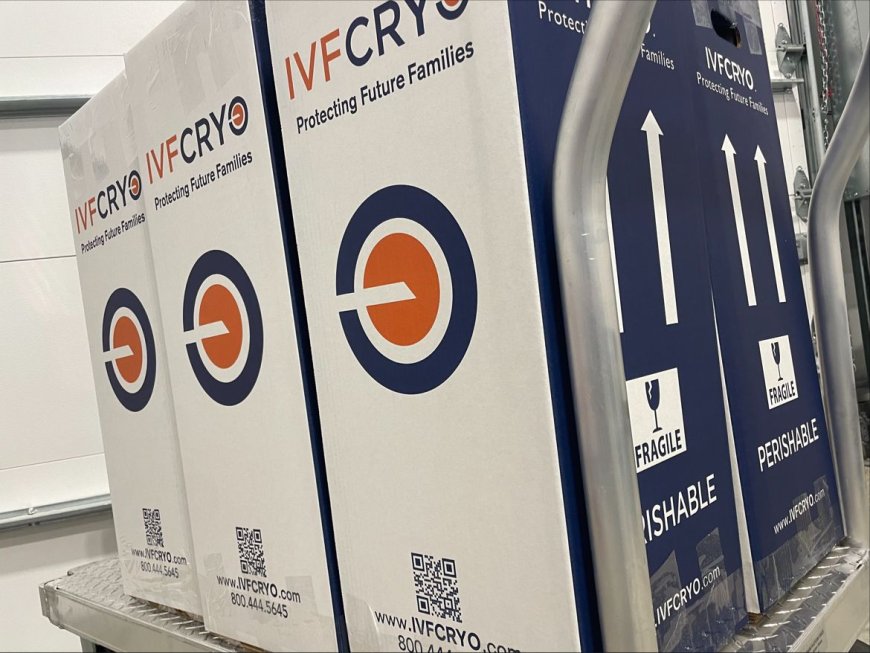The Journey of Life: Understanding the Human Embryo and Its Development
Discover the fascinating journey of the human embryo from fertilization to organ formation. Learn about the stages of development, advantages of studying embryology, and its impact on science and medicine.

Introduction
Every human being begins their journey as a tiny, single cell—a zygote. This microscopic entity holds the potential for an entire life, with its DNA containing instructions to build a unique individual. The process of human embryonic development is a marvel of biology, transforming that single cell into a complex organism capable of thought, movement, and emotion.
In this blog, we’ll unravel the mystery of the human embryo, explore its stages of development, and highlight the advantages of studying this critical phase of life. From its biological significance to its contribution to groundbreaking medical advancements, the story of the human embryo is as fascinating as it is important.
What is a Human Embryo?
A human embryo is the early stage of human development, starting from the moment a fertilized egg begins to divide. It covers the period from fertilization up to the eighth week of gestation.
Biologically, the embryo is distinct from the zygote (a single-cell organism) and the fetus (which forms after eight weeks). During this embryonic phase, rapid cell division, differentiation, and the formation of essential structures occur. This stage is foundational, as it sets the stage for the future growth and development of an individual.
The Stages of Embryonic Development
Fertilization
The journey begins when a sperm cell fertilizes an egg, forming a zygote. This zygote undergoes multiple divisions, creating a structure called the blastocyst.
Blastocyst and Implantation
Around day 5-7, the blastocyst embeds itself into the uterine wall. This step is crucial for nourishment and further growth.
Gastrulation
By the third week, the process of gastrulation begins, where the embryo forms three primary germ layers:
- Ectoderm: Becomes the skin and nervous system.
- Mesoderm: Develops into muscles, bones, and the circulatory system.
- Endoderm: Forms internal organs like the liver and lungs.
Organogenesis
Weeks 4-8 mark the organogenesis stage, where the heart, brain, and other major organs start forming. By the end of this phase, the embryo has a recognizable human shape.
Advantages of Studying the Human Embryo
-
Medical Advancements:
Research on embryonic development has led to breakthroughs in reproductive medicine, such as in-vitro fertilization (IVF) and genetic screening. -
Understanding Genetic Disorders:
Studying the embryo helps identify genetic abnormalities early, enabling timely interventions or informed decisions. -
Regenerative Medicine:
Embryonic stem cells offer immense potential in regenerating damaged tissues and developing treatments for conditions like Parkinson’s, diabetes, and heart disease. -
Insights into Congenital Disabilities:
Understanding how developmental errors occur can lead to preventative strategies or corrective therapies. -
Evolutionary Understanding:
Comparative embryology sheds light on human evolution and our shared ancestry with other species.
Conclusion
The human embryo represents the beginning of life’s incredible journey, encapsulating the potential for growth, learning, and innovation. Its development is not just a biological process but a story of transformation and complexity.
By studying the human embryo, we gain profound insights into the origins of life, develop medical innovations that save lives, and push the boundaries of science and ethics. As we continue to explore this fascinating field, we deepen our appreciation for the intricate processes that make us who we are.
What's Your Reaction?














![Noots Focus Reviews [Truth Exposed 2025]!](https://news.bangboxonline.com/uploads/images/202501/image_430x256_678e3b94881a1.jpg)
![Vivalis Male Enhancement: The Must-Know Ingredients [2025 Update]](https://news.bangboxonline.com/uploads/images/202501/image_430x256_678e3b54e396c.jpg)








